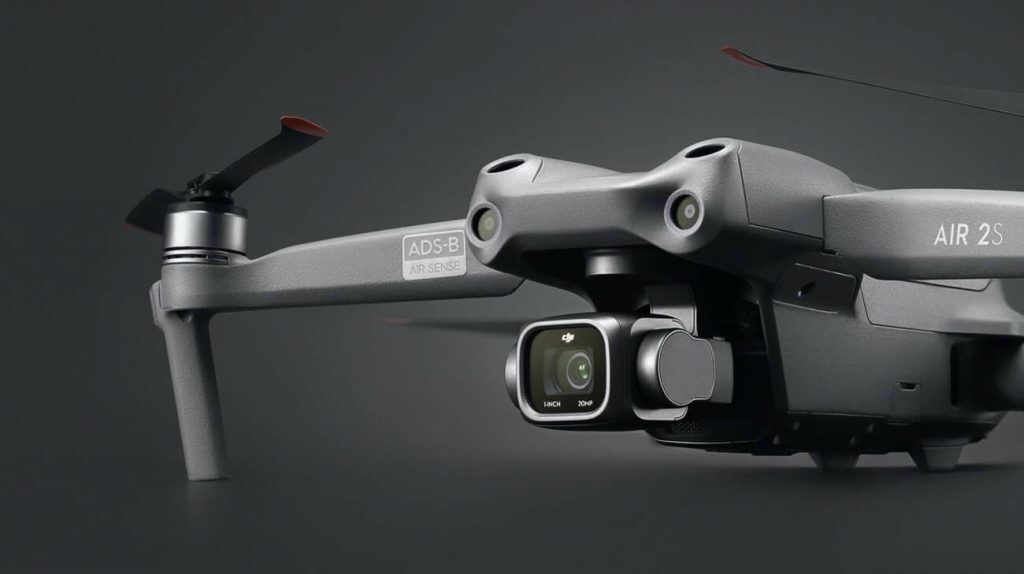Fortnite building returns

Around two weeks ago, at the start of Fortnite’s Chapter 3 Season 2, Epic Games removed building from the game. It called the game mode Fortnite Zero Build and said it would only be temporary. Maybe some people missed the last part of that announcement as they began removing clumps of their own hair over the decision. Well, Epic Games has re-added building alongside the Zero Build mode.
The decision to remove building in the first place surprised many long-time fans. It was one of the factors that allowed Fortnite to surpass PUBG (previously called PlayerUnknown’s Battlegrounds) when it launched. That, and the fact that Fortnite had better net code, optimisation, and was slightly more accessible to a younger audience. We’re sure Fortnite fans are happy with the decision to revert the change. Now everyone gets what they want, right?
Source: Engadget
Are you sure it can run this Doom?

Since Nvidia revealed that ray tracing was no longer a pipe dream in 2018, some titles have opted to use the tech for a visually superior, if rather demanding, way of rendering light and its interaction with objects and surfaces. Most of these games are new titles but some older outings have also received the ray-tracing treatment, be that officially or unofficially. Minecraft and Quake II are officially supported but now, thanks to something called PRBoom+RT engine, they are joined by Doom (1993).
This time it isn’t being played on a smart fridge or a potato, but it does look the best it ever has. PRBoom+RT engine is a fan-made mod that players can download from the Github page. You’ll also need to provide your own copy of Doom, which you can get from Steam or GOG. Games like the original Doom, Minecraft, and Quake II lend themselves well to this kind of tweaking as modern systems should be able to play them comfortably at excessively high framerates. Meaning you’ll have ample fps headroom to play with when adding good-looking light rays and maybe volumetric gases. That’s helped even further when you introduce Nvidia’s DLSS or AMD’s FSR. If this kind of thing tickles your fancy it might be worth keeping an eye on the mod creator’s Youtube and Github page because ray-traced Half-Life could be on the way.
Source: Ars Technica
DJI leak shows new features coming to Mini 3 Pro

If leaked images, video, and specs of the still-unannounced DJI Mini 3 Pro are true, the new remote-controlled flyer will be a notable upgrade over its predecessor. Jasper Ellens, a self-proclaimed DJI investigator, posted his findings on Twitter. These include a few more sensors, two on the front and two underneath, for obstacle and ground avoidance respectively.
The gimbal design and camera have also changed. The camera offers a new lens with an aperture of f/1.7. This is mounted to one side instead of dead centre. The battery is also slightly bigger. You’re looking at a 2,452mAh battery compared to the 2,250mAh battery in the Mini 2. Whether the extra juice is for the extra sensors or for a longer flight time will hopefully be revealed when the drone is officially launched. That shouldn’t be too far off now, at least according to Ellens.
Source: The Verge
As small as small displays get

The global display industry is always trying to release bigger, clearer screens. We’re up to 8K (7,680 × 4,320) now as the most pixels officially supported by an agreed-upon standard. Well, the creator of this tiny HDMI monitor is going the other way. Hobbyist Mitxela used a 128×68 OLED display, which measures under 1in diagonally, as his second PC monitor. Why? Because why not?
Small screens are nothing new. Calculators have been using them for ages. But you’ve never connected your calculator screen to your PC via HDMI, have you? Mitxela used most of an HDMI cable, specifically four of the internal strands. That includes a 5V line so the display doesn’t even need an external power source. Doing it his way, Mitxela also didn’t need to use a microcontroller like an Arduino or Raspberry Pi . He does say, though, that the display doesn’t have the greatest framerate. But at this size you can’t expect much. If you want to try it out yourself, you can download the necessary files from the Github page. Then it’s just a question of getting your hands a little dirty.
Source: Ars Technica



